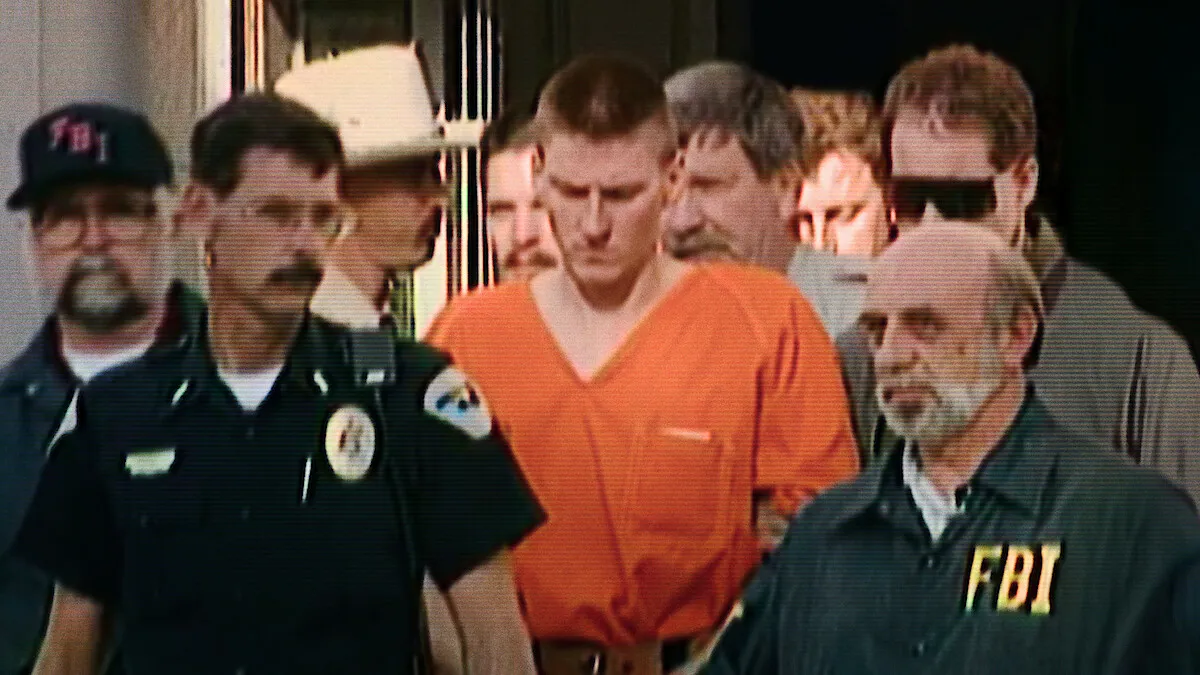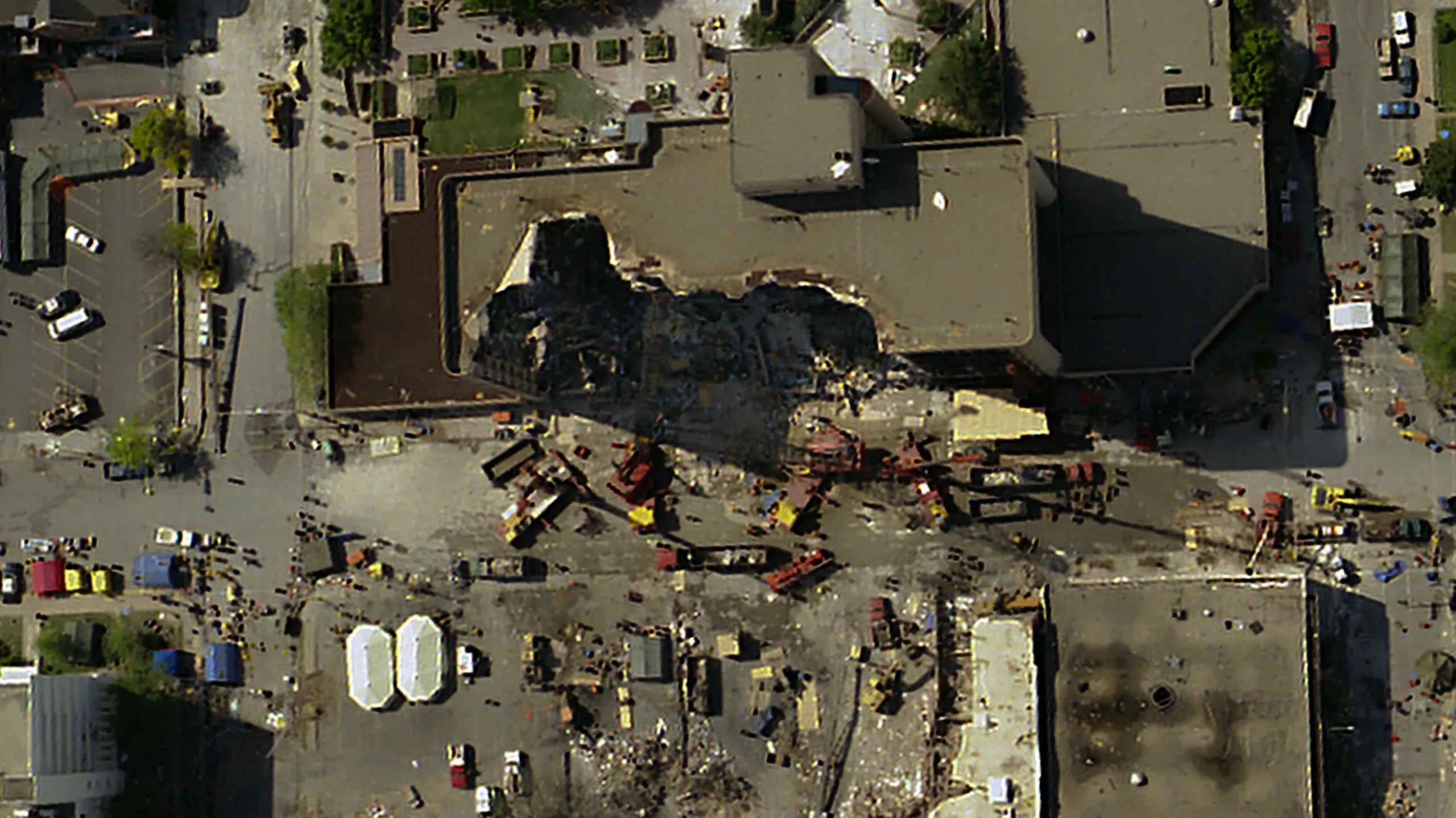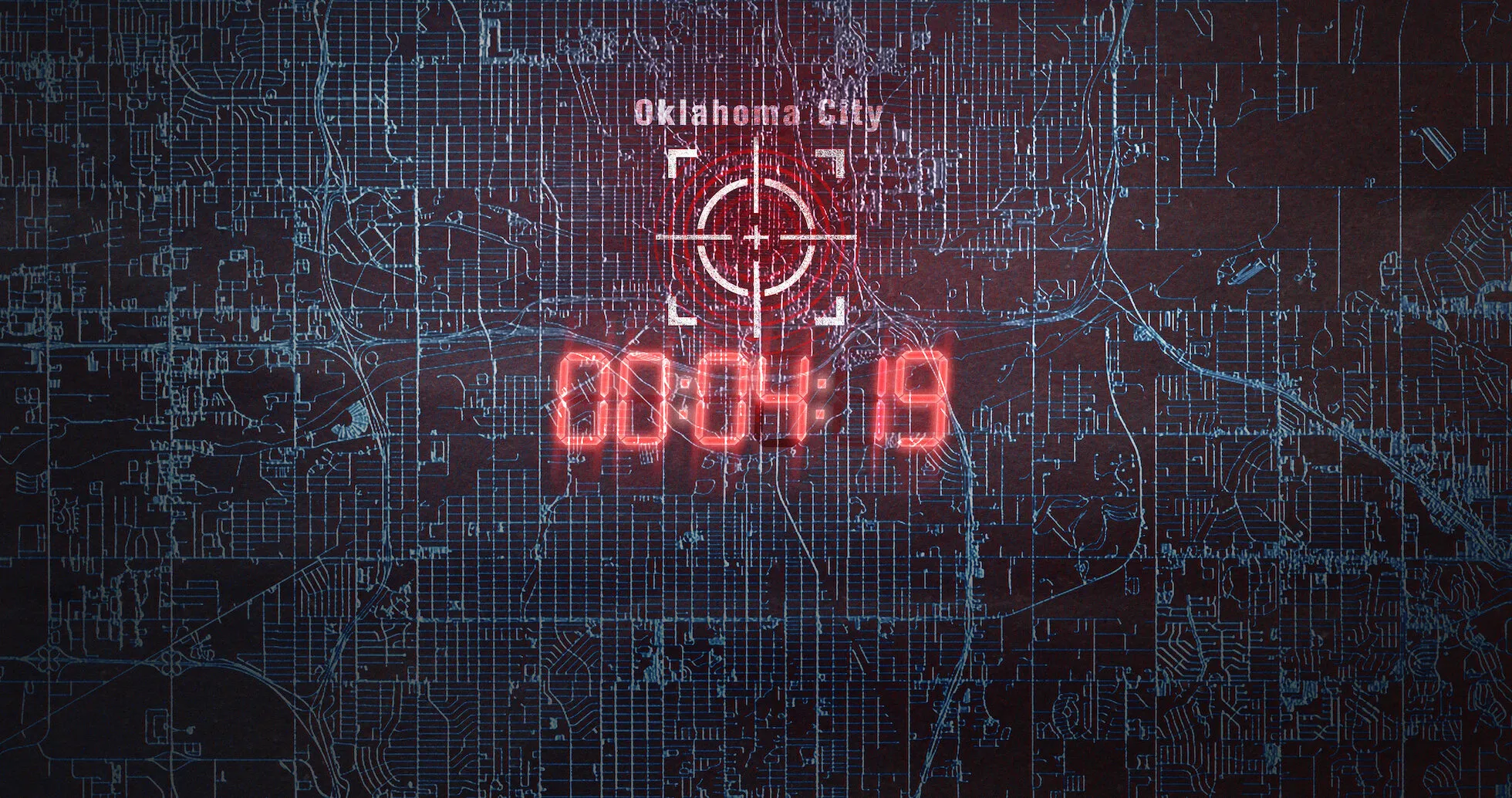Thirty years after the Alfred P. Murrah Federal Building was shattered by a truck bomb, Greg Tillman’s documentary, Oklahoma City Bombing: American Terror, revisits the date that carved a deep wound in the American psyche. The film arrives not as a political investigation but as a somber remembrance.
It sidesteps complex ideological analysis to focus squarely on the human horror of April 19, 1995. Tillman pieces together a portrait of the day through the immediate, unfiltered experiences of those caught in the blast’s wake.
This approach, which prioritizes personal testimony over political dissertation, is a familiar method in global cinema for processing national trauma. Much like certain Indian films that explore the human cost of conflict, Tillman’s work seeks a universal truth in the specifics of individual pain, presenting a chronicle of a day when ordinary lives were irrevocably broken by an act of extraordinary hatred.
Faces in the Rubble
The documentary finds its grounding and its heart in the accounts of its survivors. These are not just interviews; they are visceral testimonies that anchor the immense tragedy in tangible, human detail. We meet Amy Downs, a credit union clerk who recalls the terrifying hours spent buried alive in the building’s wreckage, her rescue complicated by the false alarm of a second bomb.
Her survival feels almost miraculous against the scale of the devastation. The film then presents the profound grief of Renee Moore, a mother who had dropped her infant son at the Murrah Building’s daycare that morning. Her story, which includes memories of sitting in her car outside the prison holding Timothy McVeigh, is a raw depiction of a parent’s anger and loss.
Adding another layer of perspective is Dr. Carl Spengler, an ER doctor who performed mass casualty triage at the scene, making impossible choices that haunt him to this day. This narrative strategy, of filtering a national event through a few distinct consciousnesses, mirrors techniques seen in Indian cinema’s treatment of events like the Mumbai attacks, where the chaos is made understandable through the eyes of a hotel worker or a police officer. It affirms that the truest measure of a tragedy lies in the lives it touches.
The Blueprint of a Crime
Beyond its emotional core, the film organizes itself as a straightforward chronological report. It lays out the timeline of the attack and its immediate aftermath with procedural clarity.
The narrative follows Timothy McVeigh’s actions on the day of the bombing and details the almost mundane sequence of his capture following a routine traffic stop. This section of the film relies on a standard mix of accounts from law enforcement and journalists to construct a factual skeleton of the event.
The structure is functional and highly accessible, designed to inform a viewer who may not know the specifics of the crime. This linear, cause-and-effect presentation makes the film an effective educational document, presenting the mechanics of the tragedy without ambiguity or artistic complication.
The Unadorned Lens
Tillman’s filmmaking style is conventional and does not call attention to itself. The visual language of American Terror is built from the standard components of contemporary documentary: talking-head interviews set against neutral backgrounds, interspersed with archival news footage from 1995.
Where visual records are absent, the film uses simple computer-generated renderings and understated reenactments to fill the gaps. The entire presentation is pragmatic, prioritizing the clear delivery of information over any stylistic flourish.
This unadorned approach is common in factual programming across the world, from American cable networks to Indian television. The film’s construction is meant to be a transparent window onto the subject, though its adherence to formula means it forgoes the immersive, cinematic techniques that can offer a more profound sensory connection to the past.
A Portrait Without a Frame
The documentary’s tight focus on personal stories comes at a cost: it largely omits the broader context that created the event. The film chooses not to examine the political and social currents that shaped Timothy McVeigh, touching only briefly on his anger over the federal siege at Waco.
There is no significant exploration of the rise of far-right militia movements in America, the ideology that fueled McVeigh’s actions. In this, the film’s approach differs sharply from that of many Indian films, like Firaaq or Shahid, which actively seek to dissect the roots of extremism and its societal impact.
American Terror functions as a powerful memorial to the victims and a moving chronicle of their suffering. Yet by separating the act of terror from its ideological origins, it feels like a portrait without a frame, leaving the “why” of the tragedy mostly unanswered for a global audience still grappling with the specter of homegrown extremism.
Oklahoma City Bombing: American Terror debuted on Netflix on April 18, 2025, aligning with the 30th anniversary of the Oklahoma City bombing—April 19, 1995—the deadliest act of domestic terror in modern U.S. history that claimed 168 lives and injured hundreds .
Full Credits
Director: Greg Tillman
Producers: Tiller Russell, Brian Lovett, Jeff Hasler
Executive Producers: Liz Garbus, Dan Cogan, Kate Barry, Mala Chapple, Tommy Coriale, Jude Gerard‑Prest, Amy Herdy (among others)
Cast / Narration: Stockton Rush (archival footage), interviews with Max Bennett, Tom Brokaw, Danny Brugmann, Angela Buckelew, former FBI personnel including Bob Ricks, survivors and experts
Director of Photography (Cinematographer): Jake Swantko / Nick Higgins (per German source)
Editors: Rogelio González‑Abraldes, Nate Gross, Rick Milewski
Composer: Pedro Bromfman, Juan Carlos Enriquez
The Review
Oklahoma City Bombing: American Terror
American Terror succeeds as a deeply moving memorial, giving a necessary platform to the unforgettable voices of those who endured the unimaginable. Its emotional power is undeniable. The film’s deliberate choice to sideline the political ideology behind the attack, however, makes it an incomplete historical document. It captures the pain of the wound but does little to examine the disease that caused it.
PROS
- Features incredibly powerful and raw survivor testimonies.
- Presents a clear, accessible timeline of the event for viewers.
- Effectively honors the human cost of the tragedy.
CONS
- Avoids a deep analysis of the extremist ideology behind the bombing.
- Relies on a formulaic and visually conventional documentary style.
- Feels incomplete as a piece of historical investigation.


















































